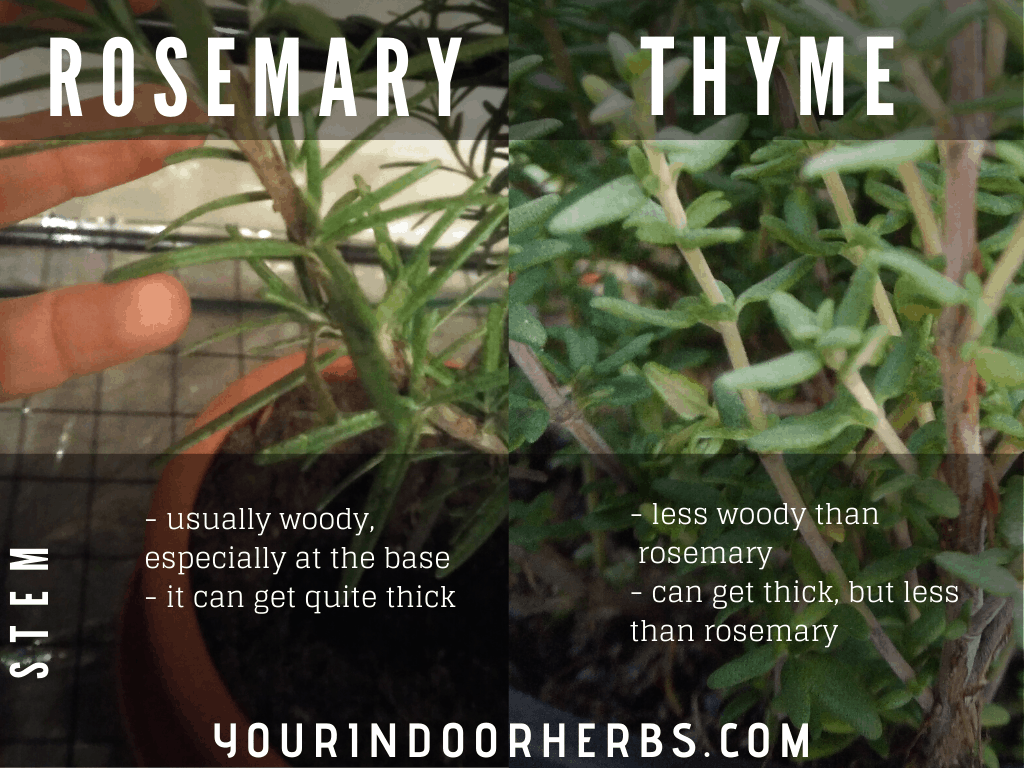
Native to Europe, western Asia, and northern Africa.Propagate by semi-ripe cuttings or softwood cuttings in summer.Cut back as necessary to maintain plant appearance.Mother-of-thyme is a deer resistant, winter hardy perennial to zone 5. The taste can be described as sweet and savory, with hints of peppermint, lemon. This herb is what gives dishes like stuffing their characteristic flavor. It goes by many different names, such as Old Woman, Mother of Thyme, and Wild Marjoram. Employed medicinally, it is believed to aid digestion and calm coughs. Thyme is a popular herb that has been used for centuries as medicine and food. Mother-of-thyme leaves are used as seasoning, and in potpourris. Creeping thyme is a prolific flowerer, but woolly thyme often doesn’t bloom at all. A second difference is their flowering habit. Perfect for edging, it also adds character to rock gardens where it will beautifully sprawl over small rocks. Mother-of-thyme is an excellent container plant, creating cascading carpets of irresistible fragrance and color. As its name suggests, woolly thyme has gray, fuzzy foliage, whereas creeping thyme’s foliage is silvery-green and almost smooth.

Provides an interesting texture to pathways. The stems are hairy when young but later on become woody with age.

Unlike its cousin, the thyme, the creeping thyme is not edible, but it does give off a very pleasant fragrance that you are going to like. It is an excellent plant that serves as ground cover to provide protection from the sunny regions in your garden. Thyme’s leaves are green to grayish-green very tiny (2mm at most) spear shape leaves in clusters. The creeping thyme is a perennial species of the Thymus. Once some roots have emerged, cuttings may be potted. To take a stem cutting, snip a few stems that are not flowering, strip off the lower leaves and place them in water on a windowsill to grow roots. Excellent ground cover or filler between stepping stones, where it releases its fragrance when trodden on. Oregano’s leaves are vibrant green, spade-shaped, fuzzy to smooth, and grow in clusters. Propagating red creeping thyme is simple, either by stem cutting or division.
#Mother of thyme vs thyme full
A full sun lover, this plant is best grown in moderately fertile, average to dry, alkaline to neutral, well-drained soils.tall (8 cm) and will spread over time by rooting stems to 12-18 in. Thyme ( / tam /) is the herb (dried aerial parts) of some members of the genus Thymus of aromatic perennial evergreen herbs in the mint family Lamiaceae. Although the leaves are aromatic, they are rarely used in cooking.

Rich in nectar, they attract butterflies. Blooming profusely from early to mid-summer, it features clusters of tiny, lavender-pink flowers. Primarily used as a ground cover, Thymus serpyllum 'Elfin' (Creeping Thyme) is a dwarf, aromatic sub-shrub forming a tight cushion of tiny, rounded, gray-green leaves.


 0 kommentar(er)
0 kommentar(er)
